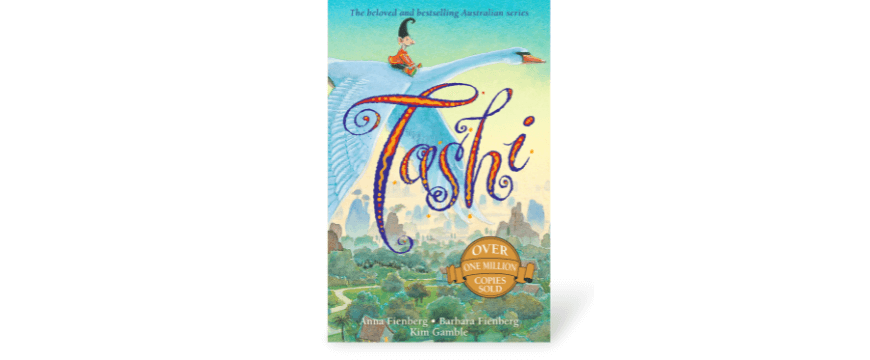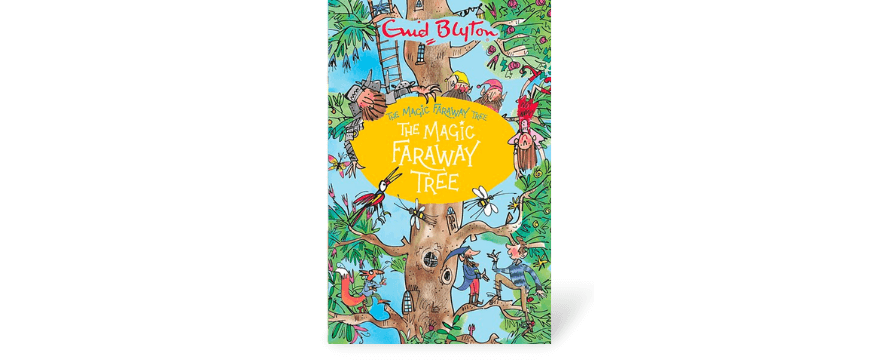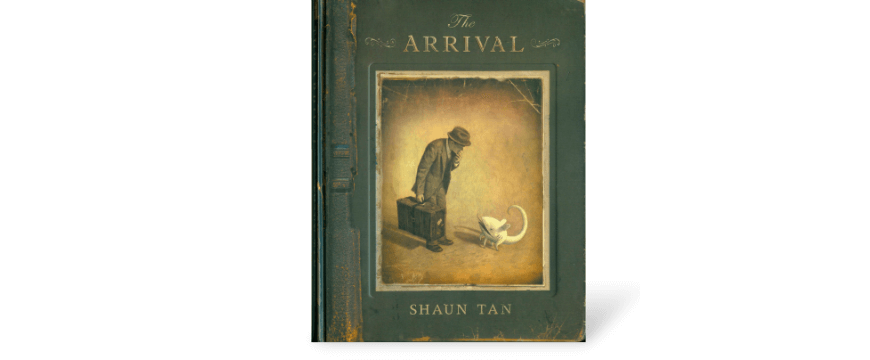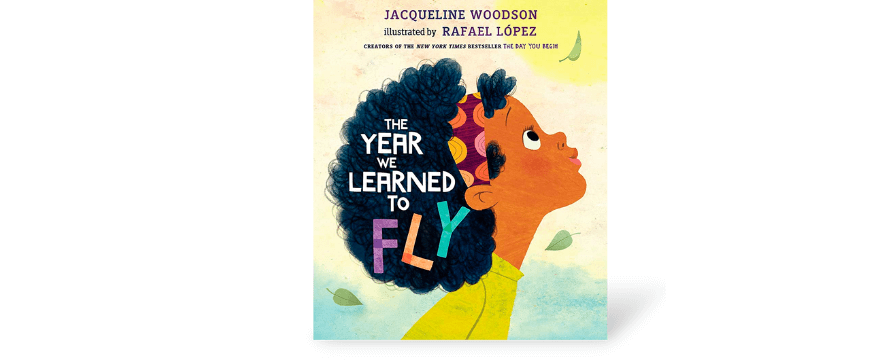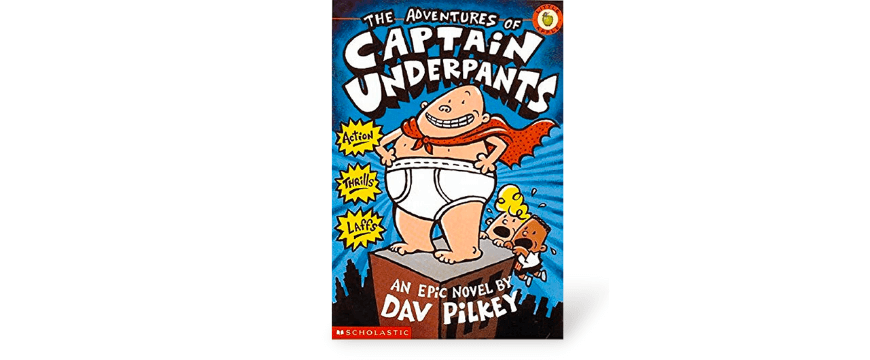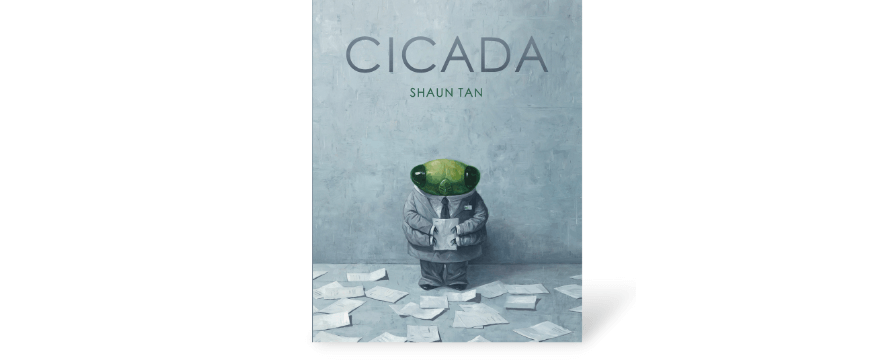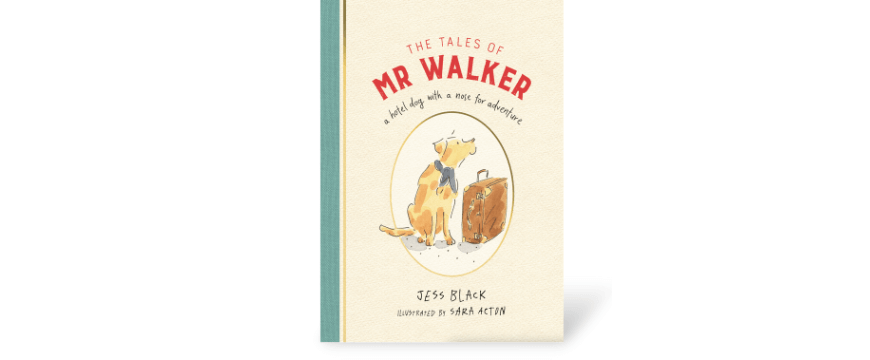
- TermBackTerm
- Timetable
- HolidayBackHoliday
- TimetableBack
- Year 3
BackYear 3- Year 4
- Year 5
Back- Year 6
Back- Year 7
- Year 8
- Year 9
- Year 10
- Year 11
- Year 12
- UCAT Exam Preparation
- HSC Trial Preparation Course
BackHSC Trial Preparation Course- HSC Preparation Course
BackHSC Preparation Course - Year 3
- OnlineBackOnline
- Year 3Back
- Year 4
- Year 5
- Year 6Back
- Year 7
- Year 8
- Year 9
- Year 10
- Year 11
- Year 12
- UCAT Exam Preparation
- HSC Trial Preparation CourseBackHSC Trial Preparation Course
- HSC Preparation CourseBackHSC Preparation Course
- Year 3
- CoursesBackYear 3-12 courses, available online or on-campus
Select a year to see available courses
- PricingBackPricing
- About Us
BackAbout UsReading List for Year 1 & 2 (Stage 1): Age 6 – 7
Help your child love to read with this carefully curated reading list for Year 1 and 2 students in Stage 1. Read the book list featuring quality reading that students will actually enjoy! Guide Chapters
Guide ChaptersHere, you’ll find the top 10 books for Year 1 and 2 students (or kids aged 6 – 7). At this stage of your child’s reading journey, picture books are still vital, although the text passages within them will begin increasing in length and complexity. Moreover, you can begin introducing your child to short novels and novellas (with large text and pictures!). With this in mind, we’ve come up with a list of the best advanced picture books and introductory novels out there! Each title has been hand-selected based on three criteria: its enjoyment/entertainment value, its educational/moral content, and finally, its capacity to develop your child’s English literacy.
So, if you’re looking to support your child’s love of reading and the development of their academic English, you’re in the right place. Remember, if your child struggles with reading, try and make reading time interactive, and don’t be afraid to read with them. Now, without further ado, take a look at our selection of the best children’s books for Year 1 and 2 students below.
Reading list for Year 1 & 2
1. Charlie Small: Gorilla City – Charlie Small
This is no ordinary book; it’s actually the long lost journal of Charlie Small. Found washed up on the shore of a remote jungle island, these pages document the eight-year-old’s unbelievable adventures, complete with hand-drawn diagrams of the monsters (some mechanical, all dangerous) that he encounters along the way.
Does your child want to be an archeologist? This playful novel is a marvellous feat of interactive storytelling. Even though it’s printed on regular paper, thoughtful design creates the illusion of verisimilitude; pages appear torn, stained and scrunched, there are rough pencil sketches and little doodles in the margins, and you’ll even find old train ticket clippings. Young readers will have no trouble believing they are actually excavating the mysterious remnants of Small’s salvaged journal. A perfect first novel for little explorers with big imaginations.
2. Tashi – Anna & Barbara Fienberg
Tashi, the first book in the classic series, follows the adventures of a cheeky gnome-like creature of the same name. From discovering dragons and magic shoes to escaping warlords on swan-back, Tashi’s adventures are not only a delight to read, but brimming with deeper considerations of friendship and justice.
Co-authored by Australian mother and daughter Barbara and Anna Fienberg, the Tashi series is infused with their love. Anna herself has described “tashi-land” as an “enchanted” place where she and her mother could “wander in and out of each other’s minds”. However, just as these fairytale-esque novels are the product of love, they also examine worldly injustice, something the Fienbergs believe children should never be sheltered from. Loosely inspired by Barbara’s old friend Mary, a woman who escaped Nazism’s decimation of Europe, Tashi’s hardships remind young readers that while problems can at times seem insurmountable, if we think, talk, and work through them, hope will always emerge.
3. The Magic Faraway Tree – Enid Blyton
The “Faraway Tree” is a gargantuan tree whose branches tower so high that they reach above the clouds. Yet, despite its great size, it’s hidden away in a magic forest. That is, until three children move into a town nearby and discover that the enchanted perennial can be used to venture to distant worlds.
Enid Blyton’s work has been inspiring the imagination of young readers for almost eighty years since its publication in 1943. Its exploration of the timeless premise “what happens when ordinary children discover a portal into an extraordinary world” actually predates C.S. Lewis’ Narnia series, and continues to captivate audiences today. While the archaic dialogue and lack of images may present challenges for new readers, purchasing The Magic Faraway Tree as an audio book (on Audible or a similar platform) is a fantastic way to introduce your child to novel-length stories.
4. The Arrival – Shaun Tan
In this powerful and evocative picture book, Melbourne-based writer and illustrator Shaun Tan depicts the solemn journey of an immigrant who, after fleeing an unsafe homeland, must find work, security, and belonging in a strange new world.
Few can pull off a graphic novel without words, much less one that captures heartbreak, alienation, and hope. White and sepia tones depict the protagonist’s journey as if through the lens of an old film camera. Meanwhile, readers are invited to bring their compassion, to ask big questions of little moments, and to step into the shoes of someone who, without our participation, would walk in them alone. The Arrival is not only an education in visual storytelling, but also in cultural isolation and empathy. Overall, a beautiful journey we encourage caregivers and kids to partake in together.
5. The Year We Learned to Fly – Jacqueline Woodson
On an unusually rainy spring day, two siblings are reminded by their grandmother that even when your body is trapped inside, your mind is free to fly. Heeding this advice, the children go on to imagine themselves soaring over the city and exploring fantastical worlds.
This vibrant, mixed-media picture book is first and foremost a declaration of the might of the imagination. Not only that, but Woodson does a masterful job of making nuanced allusions to the history of slavery in America; the children’s grandmother suggests that it is precisely the capacity to dream that once enabled her ancestors to liberate themselves, despite their physical confinement. While this reference may elude younger readers, Woodson’s central concern is delivered with striking clarity: the imagination is a magic we inherit, a powerful tool of perseverance that we can use to escape boredom, dream big and envision better, no matter how hopeless our circumstances. Perhaps no more excuses for those rainy day jitters?
6. The Adventures of Captain Underpants – Dav Pilkey
In this witty chapter book, Year 4 kids George and Harold find themselves in a bit of a pickle when they accidentally transform their grumpy school principal into “Captain Underpants”, a brave (though somewhat erratic) hero who likes to fight crime…you guessed it… in his underwear.
While this particular book may appear more comical than educational, it is perfect for young readers unaccustomed to novel-length books. If your child has a hard time getting stuck into more hefty tomes, Captain Underpants might be the place to start. The text is large and infused with humour, the narrative is gripping and fast-paced, and most importantly, there are plenty of pictures. But don’t let the illustrations fool you, this is indeed a chapter book! Novice readers will relish the feeling of accomplishment when they look up from an enthralling scene only to notice “Chapter 16” written on the next page.
7. The Vanderbeekers of 141st Street – Karina Yan Glaser
When their crabby landlord doesn’t renew their lease, the Vanderbeeker kids have exactly eleven days to discover his secrets, warm his heart, and convince him to let them stay in their family home.
Enjoyed by readers up to the age of ten, this more advanced-level novel is well over 290 pages, and doesn’t include any pictures. But, for those readaholics who are up to the challenge, Karina Yan Glaser’s debut novel offers an enchanting take on how even the strangest families can be united by shared adversity.
8. Cicada – Shaun Tan
A lone cicada is employed in a grey office block where he is undervalued and mistreated by his human colleagues. While his fellow workers appear content completing monotonous tasks, alone in their concrete cubicles, the cicada pursues a brighter destiny.
There is a reason Shaun Tan is the only author to feature twice on this list, and that is because of his ability to enchant young readers and bring adults to tears, all with the same picture. Cicada’s monochromatic illustrations capture the gloom of corporate conformity, while the only element of colour – the bright green of the cicada himself – alludes to the unique vitality each of us carries inside of us, even when buried in a suit. Though the greater allegory of white-collar enslavement may escape young readers, Cicada’s lucid ideas about mistreatment and non-conformity will no doubt resonate with children and adults alike. Like much of Tan’s work, the level of sophistication and emotional complexity in Cicada has made it a popular study for students well into Year 12. To get the most out of it, we recommend caregivers and children enjoy this book together.
9. Two Sides – Polly Ho-Yen
Lula is a messy, extroverted dog person, while Lenka is a clean-freak who prefers the quiet company of cats. Nonetheless, the two are inseparable, that is, until their first big fight.
In this clever dual-narrative, Ho-Yen explores an argument between two best friends from both sides, reminding readers of the importance of empathy and understanding contrary perspectives. While still a picture book, Two Sides boasts sections of paragraph-long text, making it great for intermediate Stage 1 (Year 1 and 2) readers who are looking to bridge the gap from picture books to novels.
10. The Tales of Mr Walker – Jess Black
This short story collection includes four unique tales of Mr Walker, an affable labrador turned guide dog who is employed at a stately hotel. Eager to put his best paw forward, Mr Walker jumps at the chance to get to know his new home. Written from the Mr Walker’s perspective, and the book does a wondrous job of capturing his jubilant, uniquely-canine perspective.
In The Tales of Mr Walker, Australian author Jess Black is clever to segment the story into four self-contained chapters. While young readers will delight in the occasional watercolour illustration, the book is largely text based, making it a bit of a jump for picture book enthusiasts! That said, the short story style means young readers don’t have to sit through an entire novel before enjoying the catharsis of a happy ending. Instead, each chapter tells a distinct story with its own satisfying conclusion. This way, your child is quickly rewarded for “reaching the finish line”, which might just be the hit of dopamine they need to start their next adventure with the beloved Mr Walker.
Reading List for Year 3 & 4: Age 8 – 9
Read next chapter© Matrix Education and www.matrix.edu.au, 2023. Unauthorised use and/or duplication of this material without express and written permission from this site’s author and/or owner is strictly prohibited. Excerpts and links may be used, provided that full and clear credit is given to Matrix Education and www.matrix.edu.au with appropriate and specific direction to the original content.
More essential guides
Loading - About Us
- Timetable

